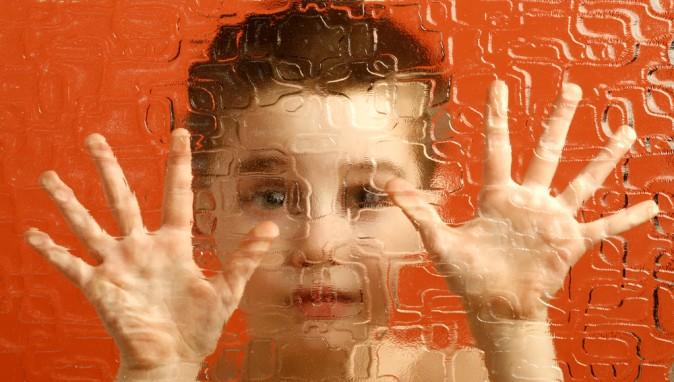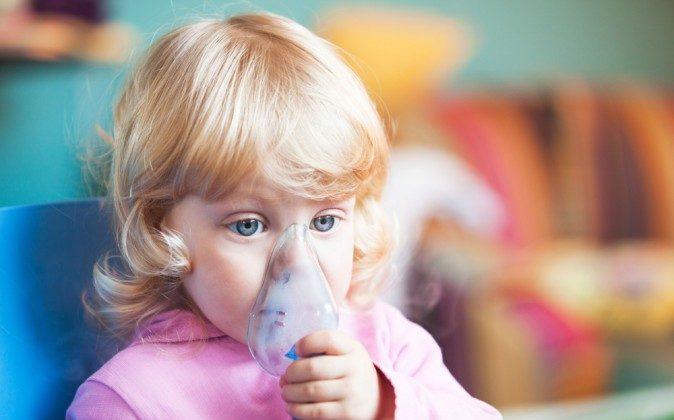This article was originally published on www.environmentalhealthnews.org read the original here
Children exposed in the womb to higher levels of a flame retardant and a chemical in a banned pesticide exhibited slightly more autistic behaviors in a new study. Previous research has linked changes in children’s brain development to their mothers’ exposure to hormone-disrupting environmental chemicals. But few of these studies have looked specifically at whether they contribute to autism.
Children exposed in the womb to higher levels of a flame retardant and a chemical in a banned pesticide exhibited slightly more autistic behaviors in a new study.
Previous research has linked changes in children’s brain development to their mothers’ exposure to hormone-disrupting environmental chemicals. But few of these studies have looked specifically at whether they contribute to autism.
Scientists suspect that hormones may play a role in autism because boys are four times more likely than girls to be diagnosed with the disease, and several hormones are known to control brain development.
In the new study, researchers tested urine and blood samples from 175 pregnant women in the Cincinnati, Ohio, area. On average, the pregnant women had 44 suspected hormone-disrupting chemicals in their blood or urine, according to the peer-reviewed study published online in the journal Environmental Health Perspectives.
When their children turned 4 or 5, their mothers were asked to rate their behaviors on a scale for factors such as how frequently they make eye contact when spoken to or how well they play with others. Higher scores mean more autistic behaviors.
Children whose mothers had the highest levels of the brominated flame retardant PBDE-28 scored an average of 2.5 points higher on the scale than children whose mothers had the lowest exposures. Children whose moms had the highest levels of trans-nonachlor – a component of the banned pesticide chlordane – scored an average of 4.1 points higher.
The increase in autism-like behaviors linked to the two chemicals is considered slight, and the study doesn’t prove that they are tied to the autistic behaviors.
Most children scored between 30 and 90 on the scale, with scores higher than 60 indicating significant deficiencies in social behavior. Children in the study scored 51 on average, while 22 kids, about 12 percent, scored higher than 60.
Teachers and parents commonly use the scale to determine the severity of behaviors associated with autism, though a high score does not necessarily mean the child has autism.
“Some of the behaviors on the scale are consistent with other behavioral disorders, such as ADHD, so some children that score high may not have autism,” said Joe Braun, an epidemiologist at Brown University School of Public Health in Rhode Island and lead study author of the new study.
Nationwide, the U.S. Centers for Disease Control and Prevention estimates that about 1 in 88 children has been diagnosed with an autism spectrum disorder.
Other chemicals tested were associated with a negligible change of less than 1.5 points in either direction on the scale, though a few, including one other PBDE and a polychlorinated biphenyl, or PCB, appeared to be associated with fewer autistic behaviors.
“I think it would be naïve to think that chemicals could only be harmful. It’s possible that some chemicals could be protective against certain health endpoints, while harmful to others,” Braun said.
Autism rates in the United States climbed 78 percent between 2002 and 2012. Many experts suspect that environmental factors combined with genetic factors may contribute to that increase.Both PCBs and brominated flame retardants have been linked to impaired brain development in previous human and animal studies.
The pesticide chlordane was banned in the 1980s because it was accumulating in the environment and was carcinogenic to humans, although the neurotoxicity of its ingredient, trans-nonachlor, is relatively unstudied, the researchers wrote.
PBDE-28, the other chemical in the autistic behavior finding, previously has been linked to disrupted infants’ thyroid hormones, which are important for brain development. It was a component of flame retardants used in furniture cushions in the United States until banned in 2004.
The researchers did not account for factors such as genetics or other contaminants such as lead that harm brain development. Nor did they examine exposures or other factors after birth.
It’s also unknown whether kids who scored high on the test actually have autism, only that their mothers rated them as having more behaviors consistent with it.
The scientists said although the study cannot definitively identify chemical risk factors for autism, the results suggest that more research is needed to further investigate.
Autism rates in the United States climbed 78 percent between 2002 and 2012. Many experts suspect that environmental factors combined with genetic factors may contribute to that increase. A study published last year found a link between autism and air pollutants in traffic exhaust.
The new study was a collaboration by scientists at the University of Cincinnati, Harvard School of Public Health, University of Wisconsin-Milwaukee, Simon Fraser University, BC Children’s and Women’s Hospital, Cincinnati Children’s Hospital Medical Center, Brown University and the Centers for Disease Control and Prevention.
Image of boy via Shutterstock





